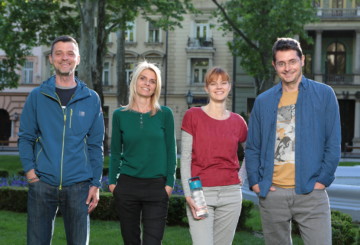In this area, the main food found on the dining tables of all homes during winter is sauerkraut, kiseli kupus, also called the doctor of the poor as it thrives well, there is plenty of it, and for this very reason it is inexpensive and available to everyone. Sauerkraut holds a large amount of nutrients which is why it is an extremely healthy and nutritious food. The most popular dish made of sauerkraut is sarma or stuffed minced meat wrapped in cabbage leaves; then there is sekili goulash, which is a fine combination of pork and chopped sauerkraut.
Sauerkraut is usually served with either grilled sausages or buncek ham – dried pork forearm, or with blood sausages and hash-browns. Beans are a winter gem as they are also plentiful and ever so popular when served with sauerkraut in a stew; they can be combined with barley in a ‘broth’. And last but not least, turkey with dumplings is a slam bam seasonal special.
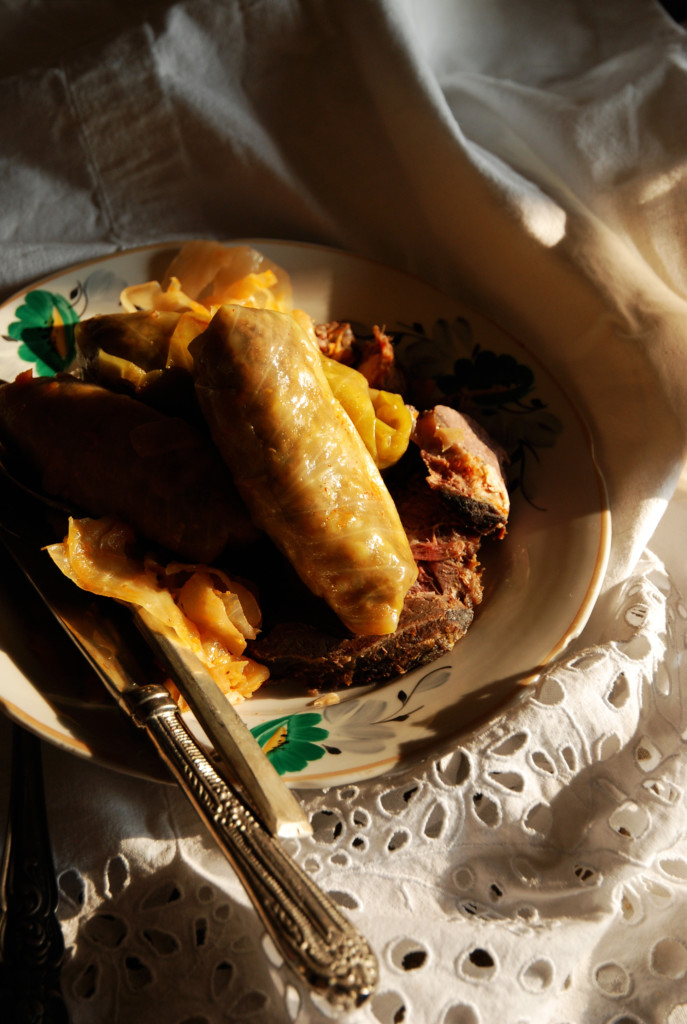
Sarma- stuffed minced meat wrapped in cabbage leaves, photo by Višnja Arambašić
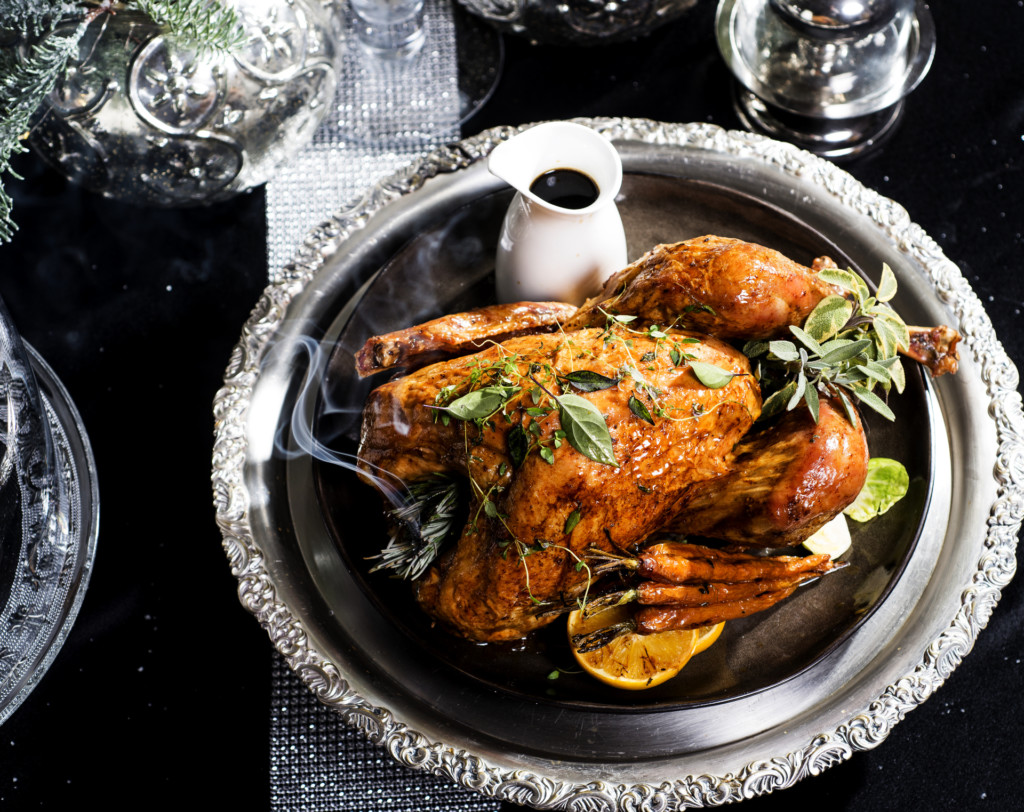
Traditional Esplanade gourmet Turkey, Le Bistro Archives
So when in Zagreb, do as the Zagrebians do and your appetite will become a lot more wholesome. Winter is simply not the same without these hotly prepared tender foods that keep us resistant to the outside cold and prepared in traditional ways to be enjoyed by all! We can’t remember ever having a single bad meal in a mountain lodge. The smell of sauerkraut, sausages, cottage cheese with cream, strudel, mulled wine…and the list sumptuously goes on! Mountain lodges are places where you can still eat ‘old school style cuisines’ just as our ancestors used to in old Zagreb pubs – and still do in many homes today. Without a doubt, you will often see families of all generations, friends and people who still have that one thing in common – a love of hiking and good food that awaits them at the end of the road …
So, if you’re a fan of the great outdoors and you enjoy a good walk in the hills, the closest hiking spot is of course Mount Medvednica, which is crisscrossed by about 70 hiking trails of varying lengths and degrees of difficulty.
The most popular destinations, as we mentioned before, are hiking lodges. Over the weekends, these are buzzing with walkers eager for the tasty and warming food at astonishingly reasonable prices. Apart from about ten hiking lodges on Medvednica, other popular hiking trails end at interesting spots such as the Veternica Cave, the Zrinski Mine, and the fortifications at Medvedgrad, Susedgrad and Zelingrad (of these, Medvedgrad has been renovated while the other two are ruins).
“Horvatovih 500 stuba” is another spot worth visiting. Translated as “Horvat’s 500 steps”, these really are 500 steps hewn into the rock by the hand of one Vladimir Horvat (1891-1962), a journalist, publicist, photographer and nature lover who wished to make this part of the mountain accessible for everyone to enjoy. At the bottom of the steps is a valley with a stream where the public-spirited Mr Horvat built benches and a shelter that you can still use today.
Then there’s Kraljičin zdenac, a pleasant spot where you can buy a drink and rest by a natural spring (the “Queen’s Well” mentioned in local legends). There’s the Gorsko zrcalo (“Mountain Mirror”) cliff, used as a climbing wall, and Šumarske jaslice (“The Forester’s Nativity”), where you can see life-size figures from the Nativity carved in wood.
Then of course there’s also Sljeme, the highest peak on Medvednica, with its TV tower (it has a café with a terrace offering a fantastic view over the city), plus there’s hotel Tomislavov Dom with its spa and a handful of rustic restaurants nearby.
You can buy a map showing mainly the easier routes together with landmarks for 20kn at the Medvednica Nature Park headquarters and at weekends at the Bliznec info point 100m before the headquarters. Also, if you’re a Croatian speaker be sure to visit the blog www.medvednica.info, where you’ll find loads of information, maps, photos and ideas for places to visit.
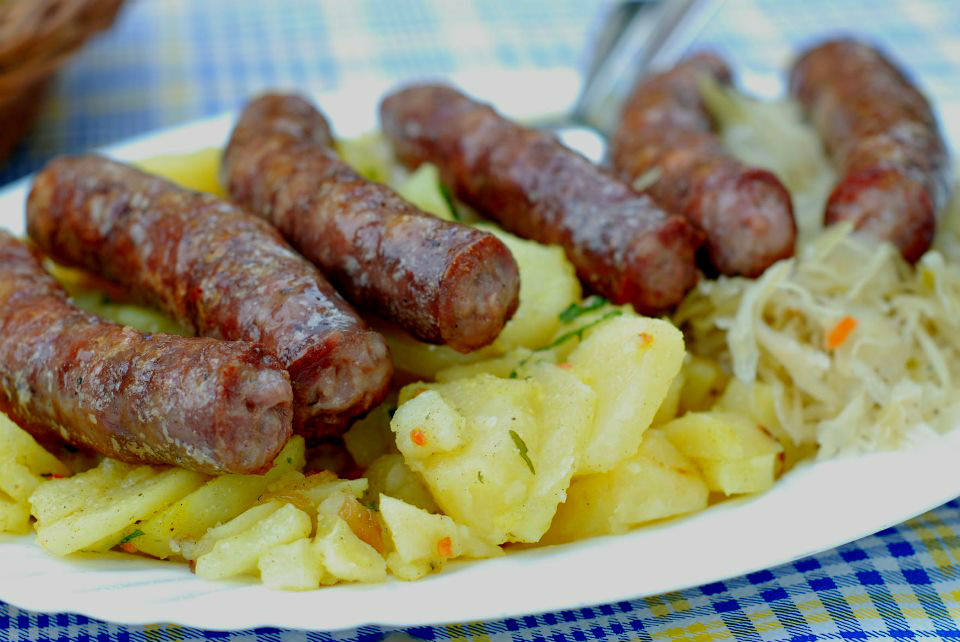
Sausages with sauerkraut, photo by Višnja Arambašić
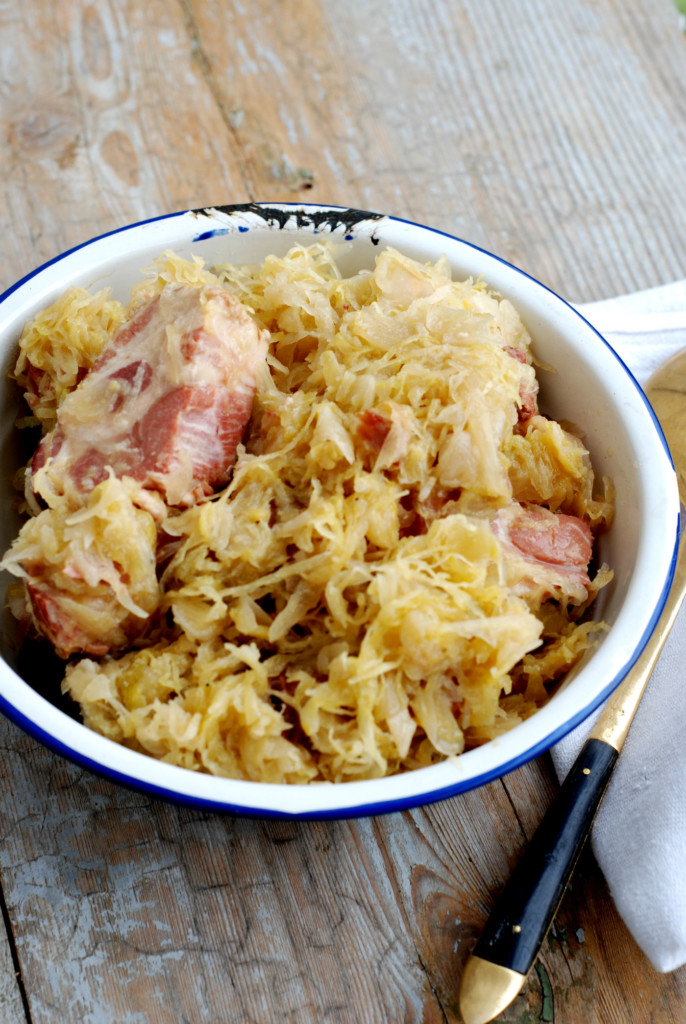
Buncek ham, photo by Višnja Arambašić

